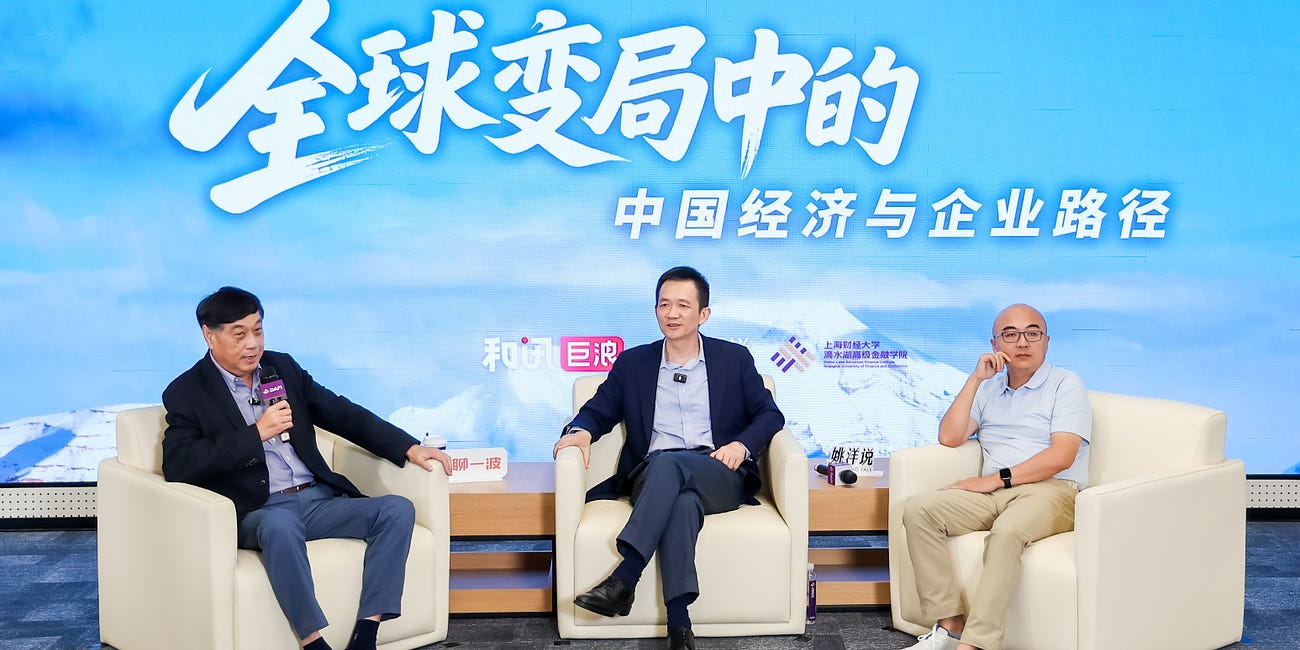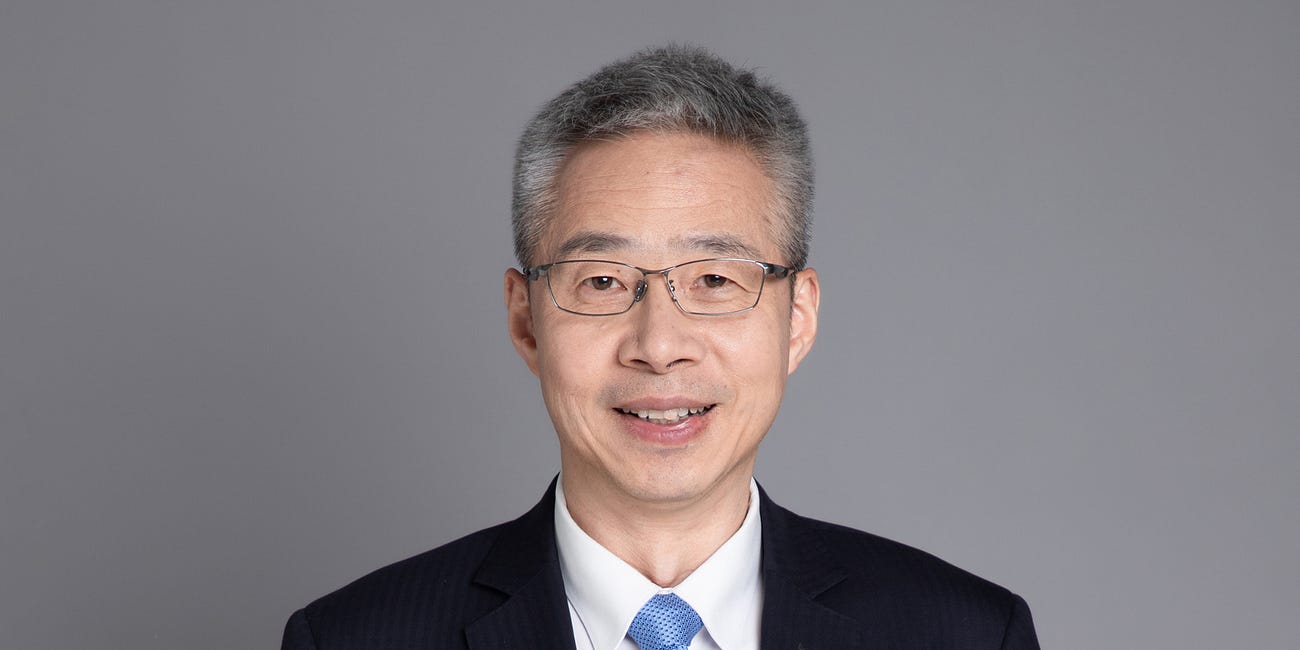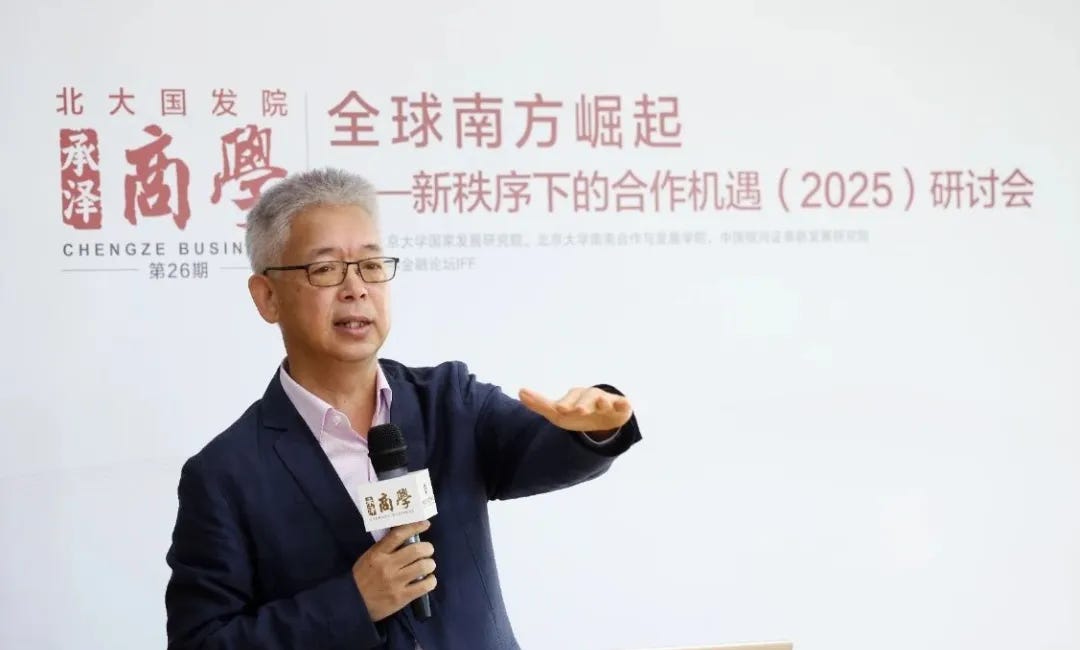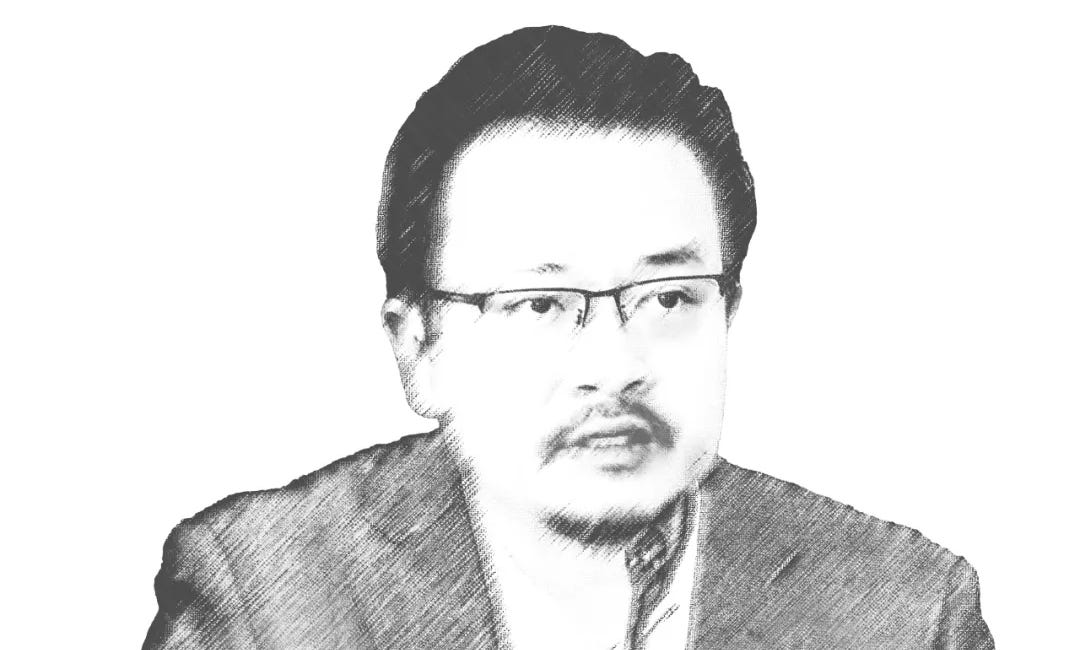Henry Huiyao Wang: Critics are missing the big picture on China’s economic transition
CCG President writes in South China Morning Post that China’s economy is no longer reliant on one source of growth, thanks to green infrastructure, digital connectivity and world-class research,
Below is the latest opinion column in the South China Morning Post by Henry Huiyao Wang, Founder and President of the Centre for China and Globalisation (CCG).
Opinion | Critics are missing the big picture on China’s economic transition
Thanks to green infrastructure, digital connectivity and world-class research, China’s economy is no longer reliant on one source of growth
As China transitions from the 14th to the 15th five-year plan, its economic trajectory is once again under scrutiny. External commentary often focuses on the short-term headwinds from a cooling property market and commensurately lowered growth, but these challenges obscure a more important story.
Beneath the surface, China has a vibrant backbone made strong by the synergistic effects of infrastructure, human capital, technology and an unparalleled commitment to a green transition. These interlocking strengths form a resilient foundation for sustainable growth in the years ahead.
This synergy represents a wave of sustainable, quality development. China stands before a moment of great change as it cultivates a more well-rounded and diversified economy.
One aspect of that synergy is the pace at which ideas travel from the laboratory to the market and are scaled into global industries. China once lagged behind other countries in advanced science. Today, China is a global leader in scientific research. As of mid-2024, China produced 33.8 per cent of the world’s highly cited scientific papers.
According to data from the Australian Strategic Policy Institute, China now leads in 57 out of 64 key technologies, such as artificial intelligence, high-performance computing, post-quantum cryptography, advanced materials and renewable energy.
Meanwhile, the Chinese Academy of Sciences is the world’s most productive research institution, with breakthroughs that ripple outwards into commercial applications.
Perhaps the clearest example of this is in the technology underpinning the green transition. In 2023, China installed more solar capacity than the rest of the world combined and had twice the number of wind installations elsewhere. The cost of solar panels more than halved between 2023 and 2024, a change driven largely by the scale of Chinese manufacturing.
These gains have not been limited to China’s domestic energy mix; they are bringing affordable clean power throughout the world. In parts of Africa, for example, solar microgrids and battery storage systems are electrifying communities that legacy grids never reached. Parts of Southeast Asia and Latin America are also speeding up green transitions, thanks in part to increasingly affordable green technology from China.
Moreover, the infrastructure underpinning China’s transformation is world-class. The country now boasts an incredible 436 gigawatts of hydropower, 521 gigawatts of wind and 887 gigawatts of solar as of 2024. China also has the world’s highest-altitude ultra-high-voltage power grid, enabling long-distance flows of clean energy.
China’s data backbone is increasingly unmatched, with 4.5 million 5G base stations built and connecting over a billion people. Back in 2023, China’s 5G base stations already represented over 60 per cent of the world’s total, according to the Ministry of Industry and Information Technology.
The country has at least 110 “gigabit cities” where 5G network access rates have reached 80 per cent. Meanwhile, under the “Eastern Data, Western Computing” project, China plans to construct eight computing hubs and 10 data centre clusters in the country’s western regions to take advantage of the cheaper electricity sourced from renewables.
In addition, China’s strong domestic market is physically connected by more than 45,000km of high-speed rail – more than the rest of the world combined – and at least 177,000km of expressway. Its thriving civil aviation market is now the second largest in the world.
With seven of the world’s top 10 container ports, China is also increasingly connected to the world. Through its goods train network linked to Europe, 11 million containers have been transported over the past 13 years.
These synergies extend beyond China’s borders as Chinese companies increasingly shift production overseas, from electric vehicle plants being built in Brazil and Indonesia to renewable energy projects in Africa and West Asia. This approach not only creates jobs and transfers technology but also ensures global supply chains remain stable and diversified.
Critics point to China’s weak property market and uneven post-Covid-19 recovery as signs of fragility. But the Chinese economy is far less reliant on any single driver of growth than it once was. While the property sector is still significant, it’s just one part of a broader system. High household savings represent another untapped source of domestic strength that could sustain consumption and investment for years to come.
The multiplier effects are striking. China’s physical and digital backbone enables research breakthroughs to quickly move from concept to mass production, reinforcing the feedback loop between science and industry.
For example, top-tier research in battery chemistry can directly boost China’s global leadership in electric vehicles. Advances in high-performance computing and AI can spill over into applications in logistics optimisation and healthcare. Breakthroughs in new materials reshape manufacturing, aviation and renewable energy systems.
The shift under way is clear. China is moving from an economy powered by real estate and exports to an economy driven by talent, innovation and green growth. This transition is not without challenges. But from universities and laboratories to infrastructure and the cultivation of talent, China is well equipped to turn obstacles into opportunities.
The 21st century belongs to the pioneers of green technology. China’s infrastructure, research capabilities and talent have placed it at the forefront of this transformation, which is built not only on new industries but also on a new vision of the future.
The road ahead will demand continued reform and adaptability. However, with its synergistic model of sustainable growth, China can weather the uncertainties of the global economy while shaping the next phase of growth at home and abroad.
Yao Yang, Wang Boming & Lan Xiaohuan on the trade war, structural transition, and employment challenges
On September 13, Yao Yang, the new head of the Dishui Lake Advanced Finance Institute at Shanghai University of Finance and Economics (SUFE), celebrated the first anniversary of his Chinese-language short video channel 姚洋说 “Yao Yang Talk” by joining a roundtable
Han Yichen: Structural weaknesses behind Russia’s fuel crisis
It’s not often that we see an analysis coming out of a top state-run think tank dedicated to examining a challenge facing Russia in its ongoing war in Ukraine.
Li Xunlei: Why China’s debt keeps climbing while others’ have eased
Li Xunlei, Chief Economist at Zhongtai Financial International Limited. Li has worked extensively at other Chinese securities banks, including Junan Securities, Guotai Junan Securities, and Haitong Securities. He is one of the most renowned chief economists among major domestic securities firms in China.
Huang Yiping on China’s role in the Global South
Huang Yiping, Boya Distinguished Professor, Dean of the National School of Development (NSD), Dean of the Institute of South-South Cooperation and Development (ISSCAD) at Peking University, recently argued that China’s success model cannot be directly replicated by Global South countries and encouraged Global South students to adopt China’s pragmatism r…
Zhao Long on China’s vision for a fairer multipolar order
This is our fifth article translated from the special series in this year’s 16th issue of 世界知识 World Affairs, a Chinese-language magazine published by World Affairs Press under China’s Ministry of Foreign Affairs. The series features contributions from some of China’s “foremost scholars,” according to the magazine, on the theme








Dr. Huiyao Wang's commentary is, as always, thoughtful, positive, and inspiring. His own work is a testimony to the adaptable, resilient, and highly intelligent Chinese spirit. Perhaps the one and most important element in the rapid progression of the People's Republic of China has been the removal or attenuation of the external forces which have consistently and deliberately impeded its development. The current Mongols have been subdued and made largely irrelevant as Dr. Wang points out. Now we may witness the long overdue fruits of true global collaboration.